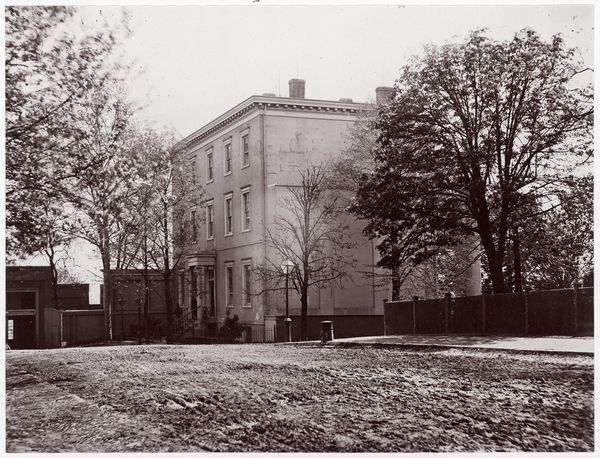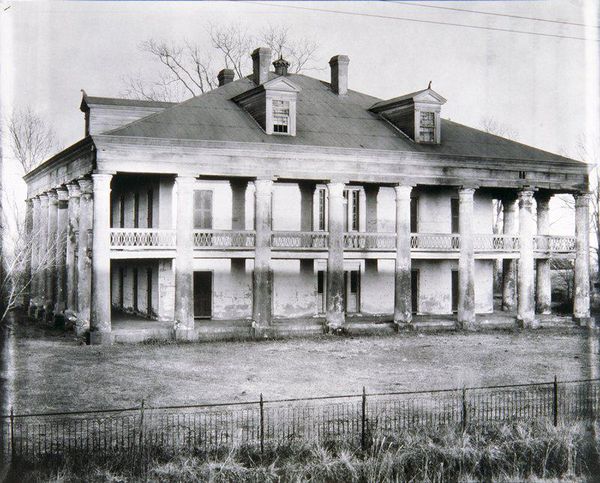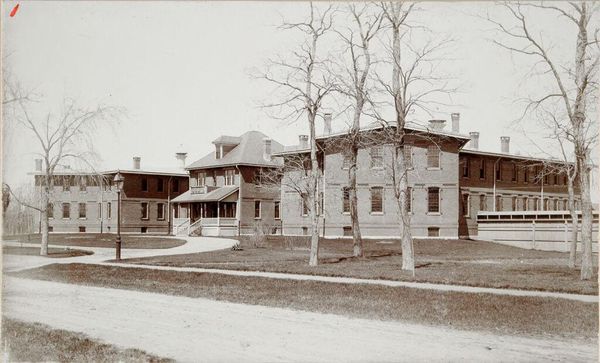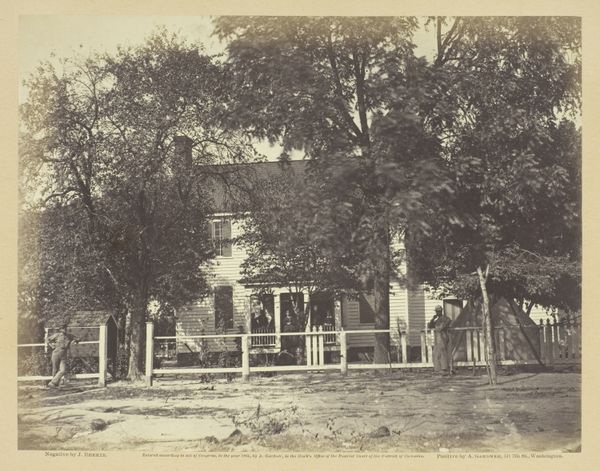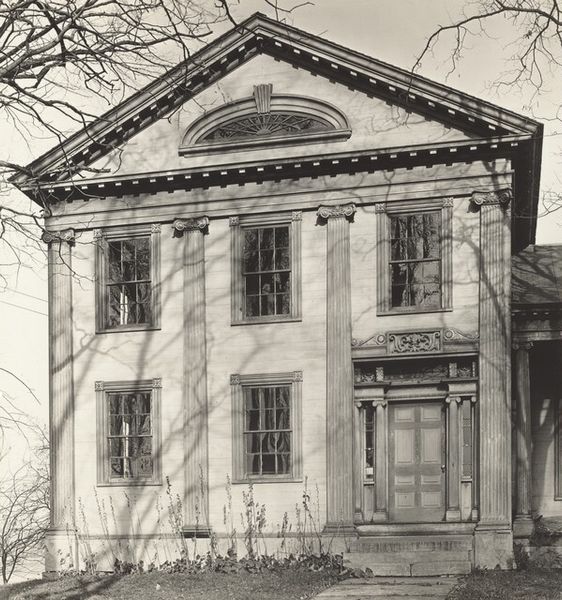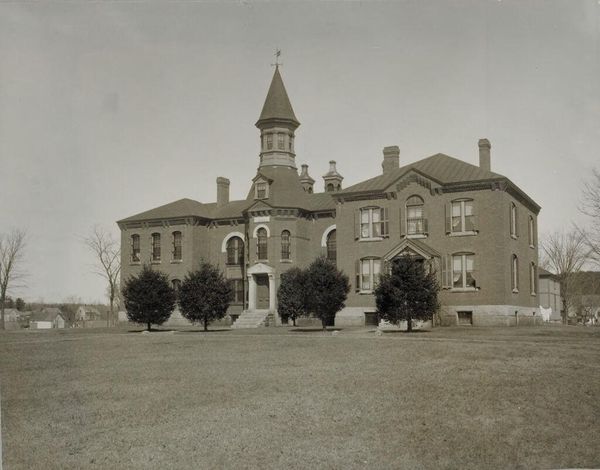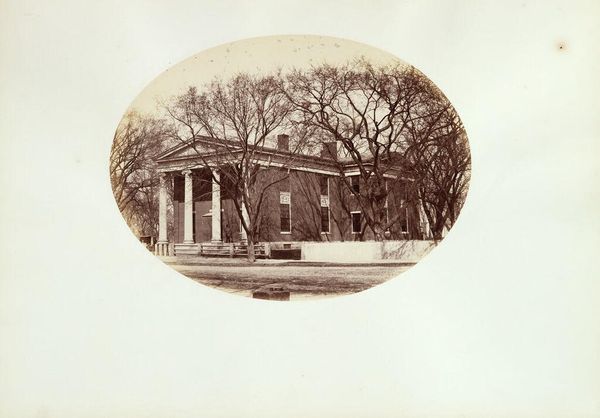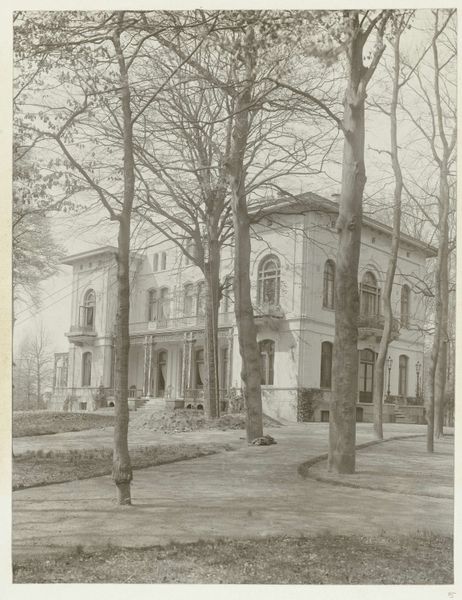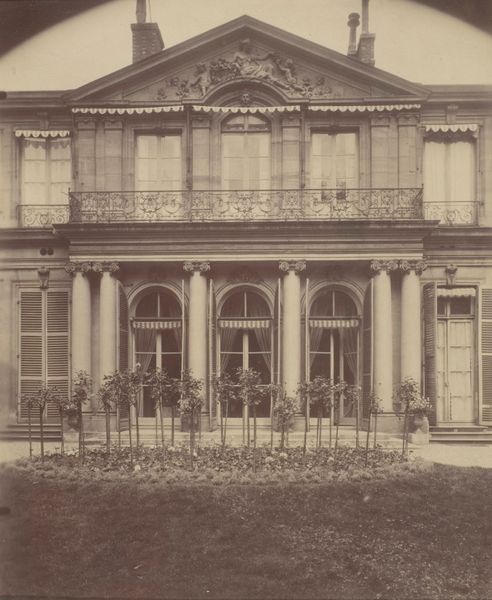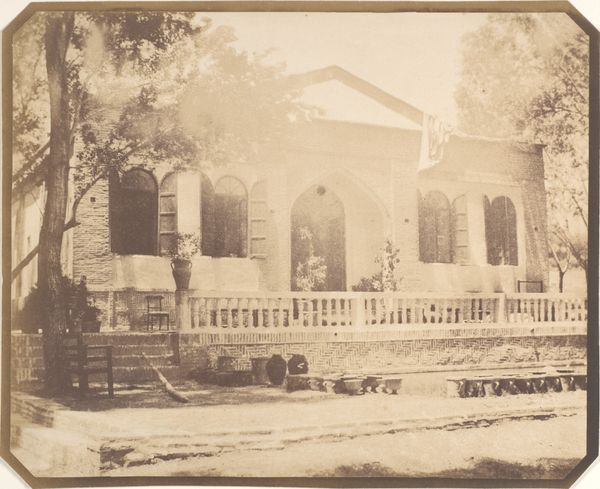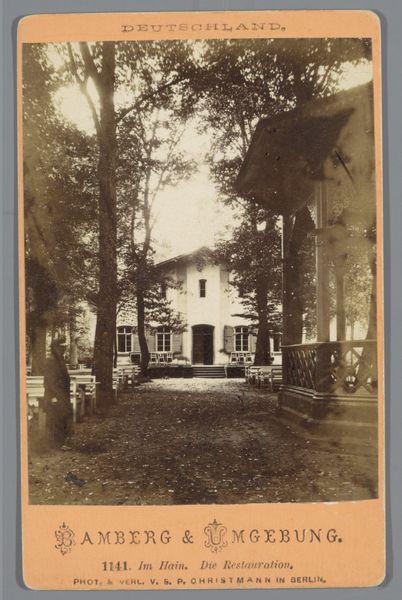
photography, gelatin-silver-print, architecture
#
black and white photography
#
landscape
#
black and white format
#
photography
#
black and white
#
gelatin-silver-print
#
monochrome photography
#
monochrome
#
architecture
#
realism
Dimensions: image/sheet: 20.32 × 25.4 cm (8 × 10 in.)
Copyright: National Gallery of Art: CC0 1.0
Curator: Walker Evans’s “Belle Grove Plantation, White Castle, Louisiana," likely taken sometime between 1935 and 1969, is a gelatin silver print depicting its subject with startling directness. What stands out to you? Editor: It’s the starkness, I think. The high contrast, the imposing architecture seemingly decaying…it's unsettling, like a ghost of a place. How does that fit with the context of Evans's work? Curator: Precisely. The photograph is, in its materiality, both document and critique. Consider the gelatin silver print itself. This relatively accessible and reproducible medium democratized photography. Evans used this technology, meant for widespread distribution, to capture and frame a very particular, and materially opulent, subject. What labor built that plantation, do you think? Editor: Enslaved labor, almost certainly. So the photograph, while seemingly objective, is actually layered with socioeconomic implications revealed by the production of the image and of the plantation. Curator: Exactly. Think about the cost of materials, the social and economic structure needed to extract and refine silver for the print, to build the plantation...all tied together in this object. The house material speaks about an unequal division of labor in 19th-century America. The work asks what and whom supported its legacy? Editor: I see, it's not just about what is depicted, but how the depiction and the depicted are both products of the same system. So Evans isn’t just showing us the plantation; he’s showing us how the system of oppression produced it and, in turn, is exposed by the work’s existence. Curator: A keen insight. Considering both the materials used for construction and image making offer different facets on how labor defines and is in turn influenced by society. Editor: I never would have thought of reading a photograph through its materiality. That’s incredibly helpful!
Comments
No comments
Be the first to comment and join the conversation on the ultimate creative platform.
